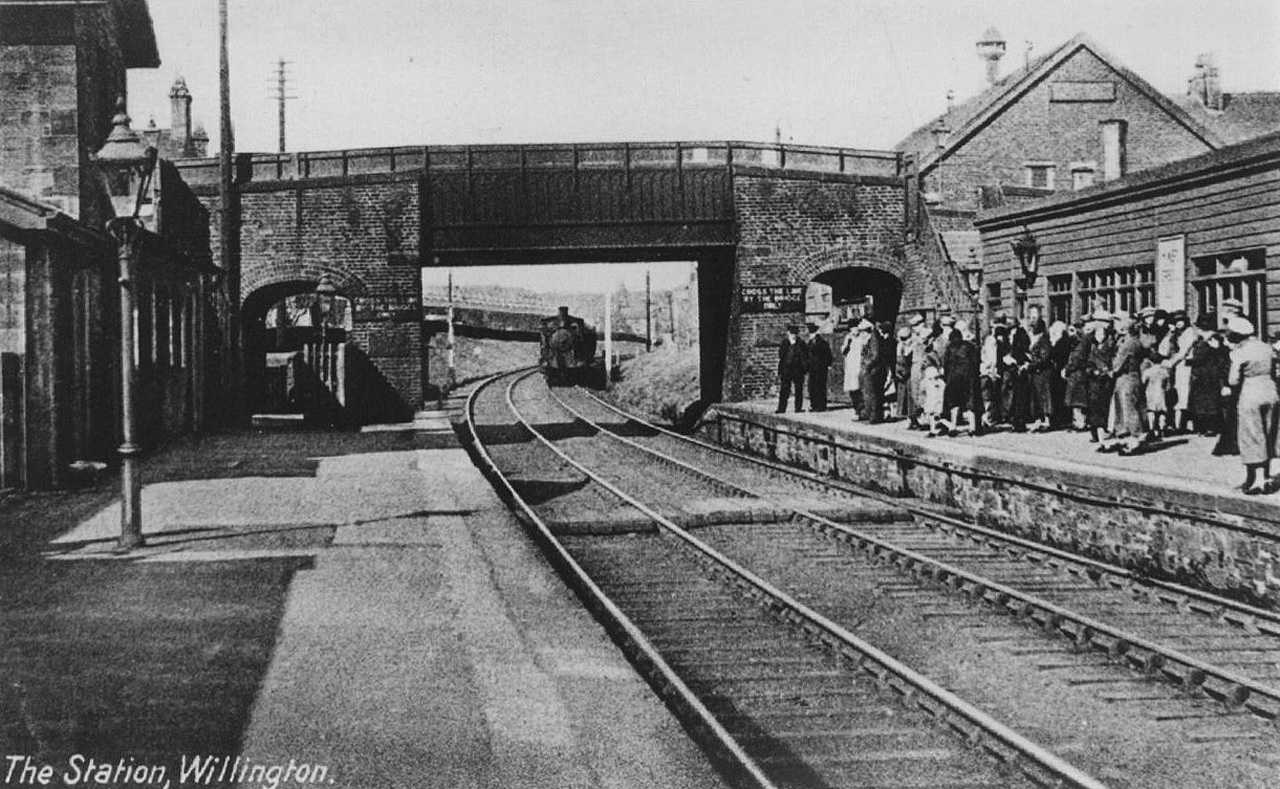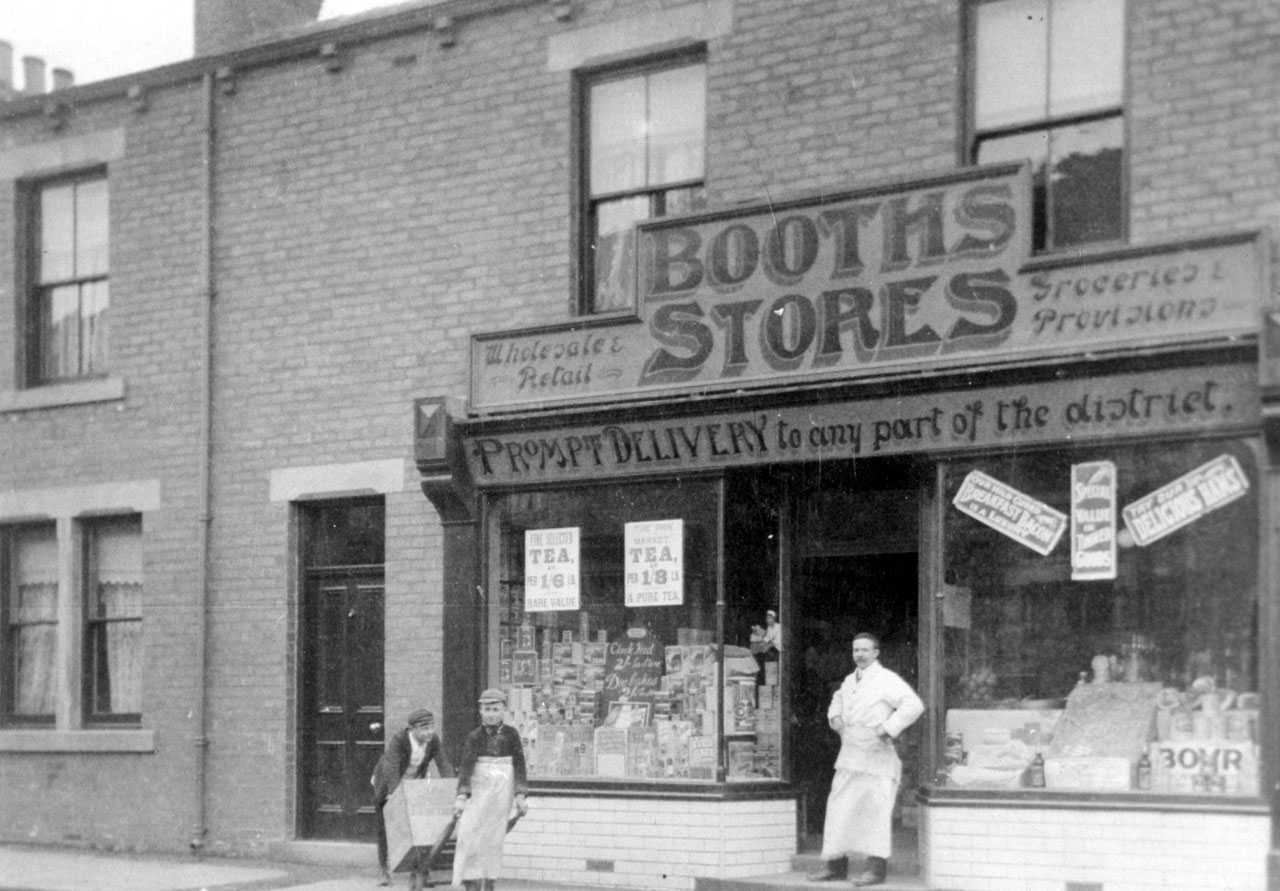For the next couple of days I am over in Durham for my brother’s graduation. In this time I want to use the opportunity to put together my practise of subversion and performance photography into practise by taking photographs around the Durham area. I have no particular objective that I want to achieve but instead will see what I find as a go along. I am looking forward to this task I have set myself because it is something new and different. The problem with Jersey in many cases is that it is very repetitive and can be tedious to photograph the same sort of places over and over again. I have only been to Durham once before so it will be quite interesting to photograph somewhere unusual and unknown to me. I will enjoy exploring a more ‘outsider’ perspective, in a community which is alien to me. I have considered going at some point in the early morning because I want to see what the city is like when it is less busy. I find the community of Durham is connected very richly associated with tradition and heritage. Therefore I think that it will be a good idea, using my newly found knowledge of how an archive works, to take pictures of major monuments within Durham and compare them with historical photographs that I find on the internet. I will also combine this study with a more comtemporary task, taking candid photographs around the city, attempting to capture images that are most striking and interesting, perhaps the publics reaction to a stern busker or even a homeless person. I want to capture realistic, but nevertheless surprising aspects of life. I WIll attempt to remain objective however if present with the right opportunity, I will not hesitate to take a more direct approach.







![[no title] 1975-6 Constant (Constant A. Nieuwenhuys) 1920-2005 Presented by the Asger Jorn Foundation 1978 http://www.tate.org.uk/art/work/P03245](https://hautlieucreative.co.uk/photo16a2/wp-content/uploads/sites/2/2015/06/P03245_10-215x300.jpg)
